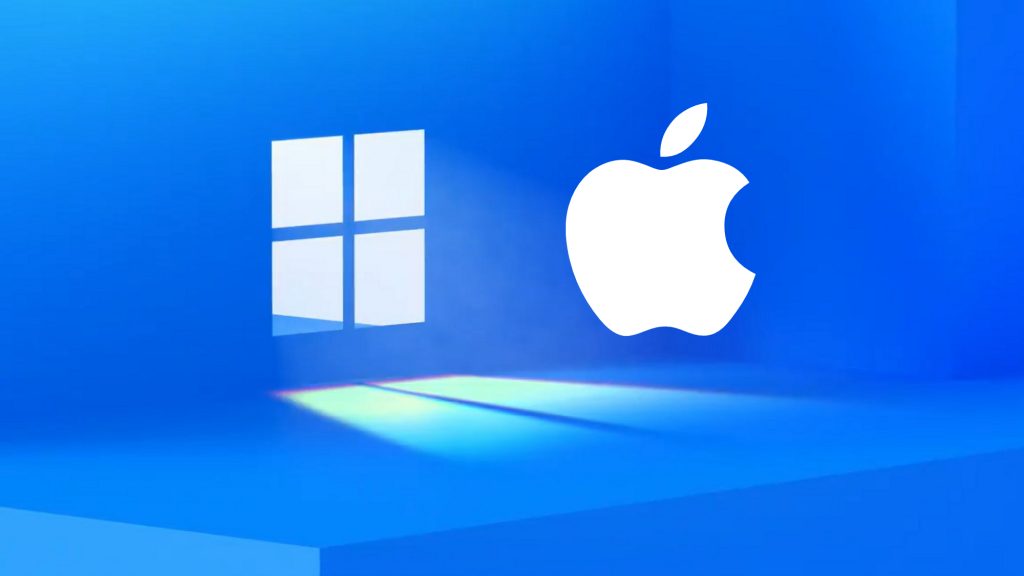Apple and Microsoft Developers Conferences: Companies’ Strengths, Weaknesses

During the last few weeks there’ve been two developers conferences, Microsoft Build and Apple’s Worldwide Developers Conference (WWDC). Both events seem similar and focused on developers.
Satya Nadella (executive chairman and CEO at Microsoft) focused on problems developers have, positioned Microsoft’s solutions for those problems, and promoted sessions at the event that developers should attend. In contrast, Tim Cook (CEO at Apple) spent only four minutes of a near two-hour keynote on developers, the rest of the time being just a long ad for Apple’s products.
Both approaches to the developers conferences showcase the strengths and weaknesses of the two companies,according to ecommercetimes.com’s experts.
Financially, both Apple and Microsoft are extremely successful, but they are very different companies that sell user-focused technology to different people.
Apple mostly sells to end users and is highly vertically integrated, demonstrating seemingly the best example of the model that existed and was championed by IBM back when it was formed. But like IBM did at the time, Apple has forgotten the one critical rule of the lock-in model which is “don’t take your customers for granted.”
However, unlike the corporate audience IBM sells to, which is generally forced to justify decisions financially, Apple sells to consumers who are more than willing to pay extra for non-tangible benefits like status. Apple still delivers status, and its lock-in model makes it incredibly difficult for an Apple customer to switch platforms. The other difference between old IBM and today’s Apple is that Apple has always been a form-over-function company.
For example, the MacBook Air was thinner, but it had to sacrifice ports and cooling, so the processor throttled down, and you didn’t get the performance you were paying for. The Apple product left out a lot of stuff users needed, but it was prettier and amazingly light and portable.
As a company of developers, Microsoft focuses on function over form. It’s more interested in performance than superficial appearance.
Apple has historically invested heavily in marketing which is what convinces the consumer to favor a particular product over another. Microsoft generally tends to underfund marketing, so its similar, and in some cases functionally better, solutions don’t get the attention of Apple products.
As a result, most of the Microsoft-based products tend to be less attractive but more functional than their Apple counterparts.
Apple has certain difficulty when it tries to sell to corporations that must justify their purchases and don’t, as a matter of course, buy luxury products for employees. Microsoft does fine with corporations but struggles with consumer products that require a lot more marketing and demand-generation focus than enterprise products do.
Most of Apple’s sales are through retail and Apple stores, whereas Microsoft has an impressive enterprise sales unit and sells heavily through OEMs and partners but continues to be more successful with companies than individuals.
Apple’s biggest failure in the last couple of decades was the Apple server which exposed the firm’s inability to understand the business market. Microsoft’s was Zune, which had better overall potential solution than the iPod, but was so poorly marketed it is even a bigger stain on Microsoft’s history than Apple’s server was.
Microsoft seems to have accepted its strengths and weaknesses and mostly focuses on volume sales to companies and government. While Apple has tried to work with companies like IBM and Cisco to address the corporate market, it still seems unwilling to do what that market requires so the efforts continue to fail.
Apple its WWDC displayed that it’s becoming excessively focused on cost control. As a result, it’s mostly focused on convincing customers to replace old Apple products instead of expanding that market.
After Jobs left Apple seemed to step away from his heavy emphasis on demand generation, and now, to increase revenue, Apple appears to raise prices or charge excessive Apple store fees. Microsoft was having similar issues when Steve Ballmer took over, but corrected by replacing him with Satya Nadella, a product expert focused on where Microsoft was going.
In effect, Apple can’t do corporate and has cut demand generation back to the point where it can only milk customers, not expand its market. While it’s doing an incredible job of monetizing those customers, that lack of market growth is problematic in the long term because Apple doesn’t drive personal technology anymore and could be displaced catastrophically — either by a company that gets marketing, or if its customers take exception to Apple’s excessive monetization.
On the other hand, Microsoft seems to have accepted its limitations and seems unlikely to take Apple’s market away because its unwilling to make another Windows 95 marketing effort to open a consumer-focused channel.
The Xbox market is Microsoft’s biggest consumer-focused offering at the moment. While less of an immediate risk to Microsoft, it is still a critical operational weakness that should be addressed if the company wants to expand in consumer markets.
Microsoft is a platform and tools company that clearly has, and has always had, a much deeper connection to developers. That’s passion and part of Microsoft’s roots, so it created a developers conference for developers. If it ever funded marketing like it once did with Windows 95, who knows what heights the company could reach. Yet Microsoft seems to have concluded that marketing is an avoidable cost so doesn’t push it, which is a shame because it has one of the best marketing executives.
Apple is so focused on revenue, margins, and profits that it has reduced traditional marketing and resorts to using events like WWDC to promote its offerings but Apple too does need developers.
Both Microsoft and Apple are suffering due to insufficient marketing, but given the nature of the companies, this is a far more critical issue for a consumer-focused company than one concentrated on business buyers. In the end, comparing the two firms that need developers, Microsoft did its job well and again showcased its love for developers, while Apple just seems to tolerate them while creatively cutting advertising expenses which are more critical to Apple, as well.
Apple is one mistake or judgement away from a catastrophe, much like Microsoft was in the early 2000s, while Microsoft is now fundamentally stronger. Though Microsoft’s growth is hampered by its underfunded marketing, Apple’s moves to defund marketing are far more serious and its inability to see why the newer efforts failed far more troubling.


Latest News